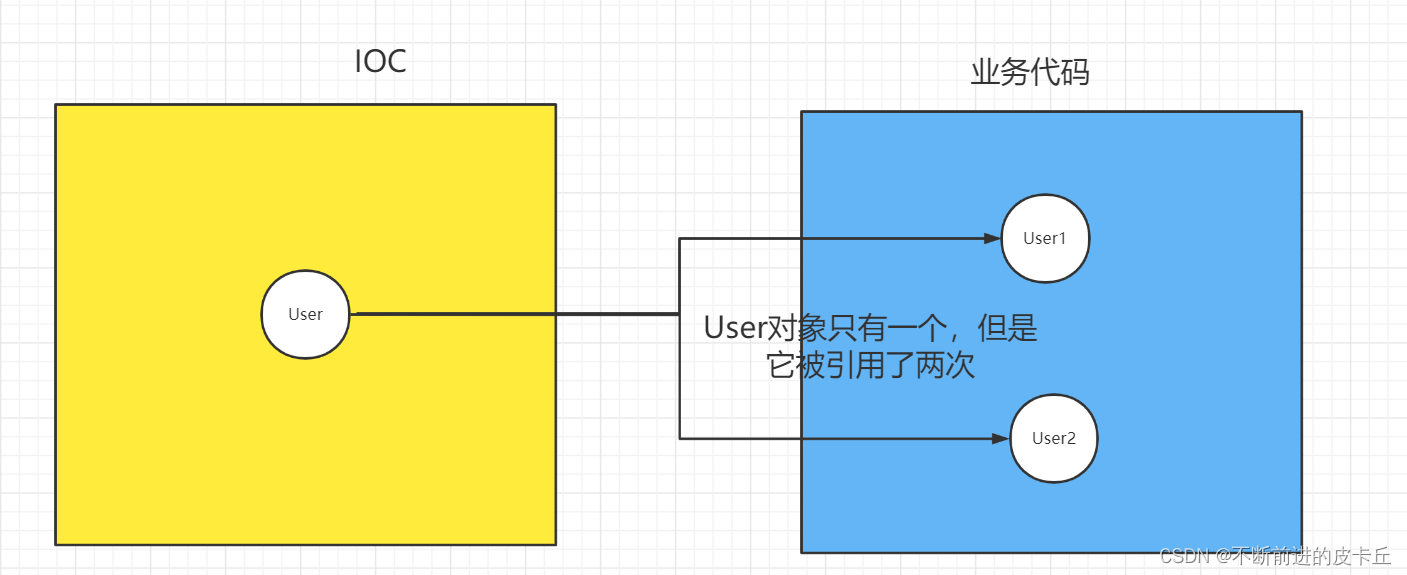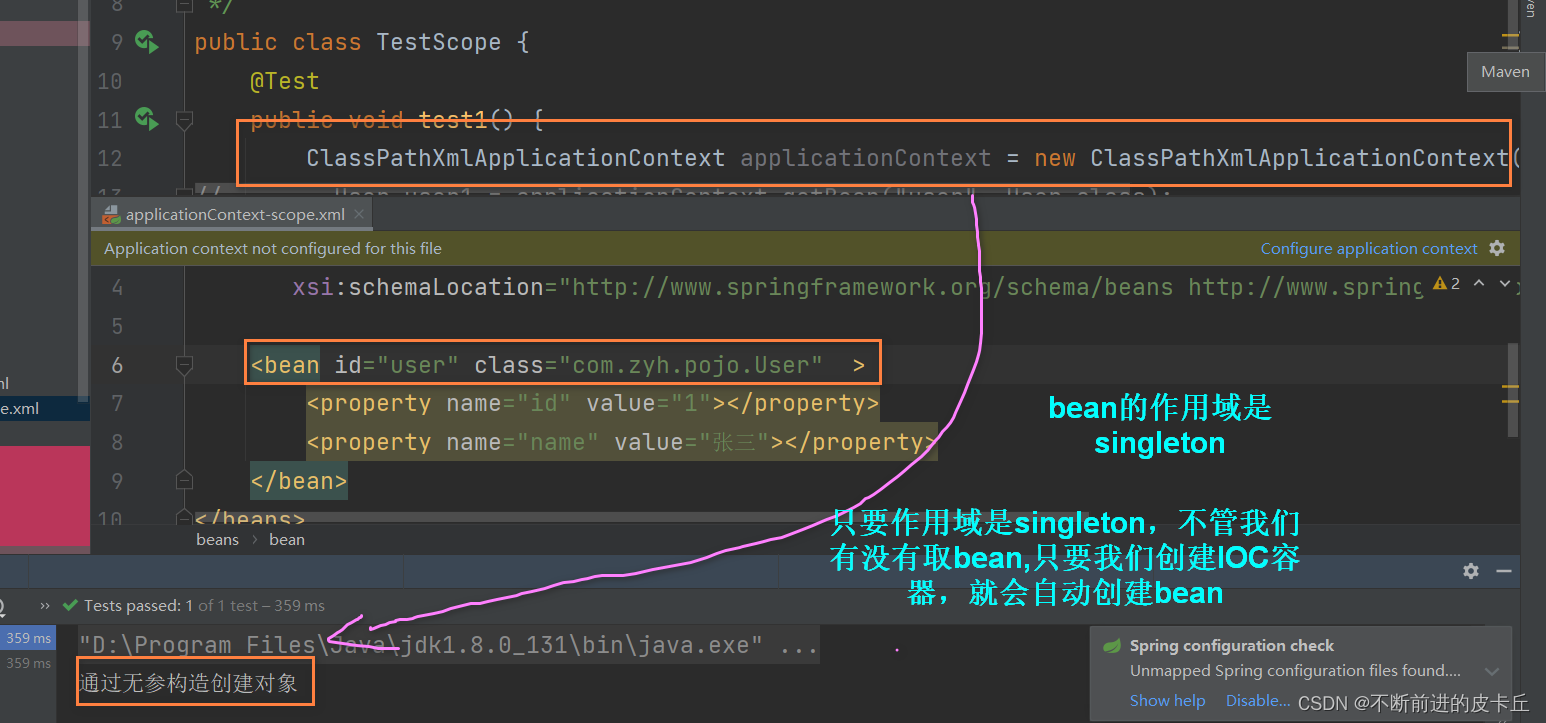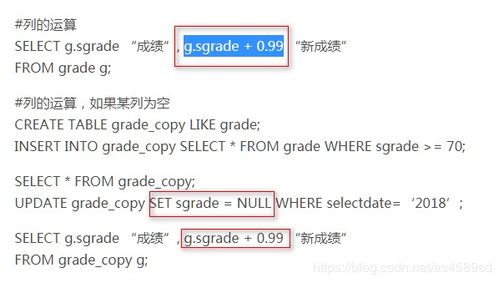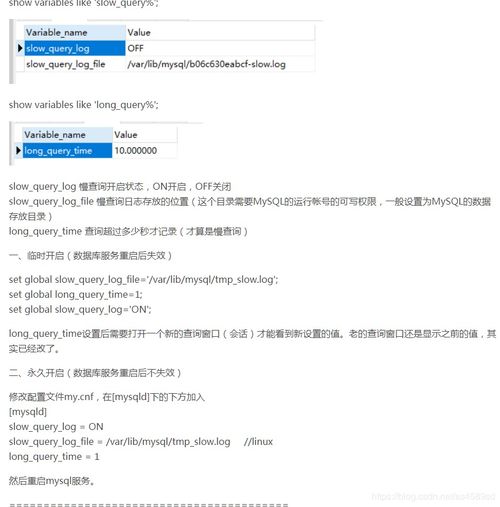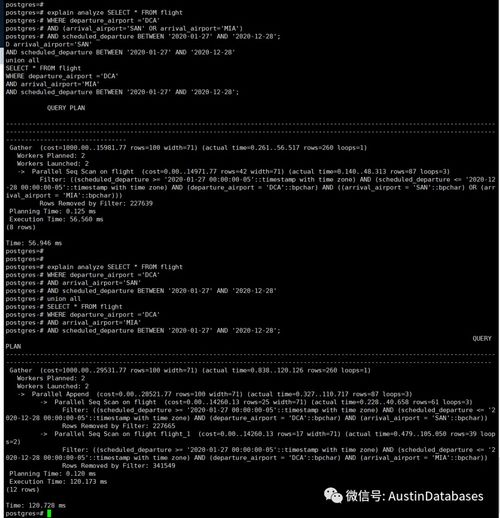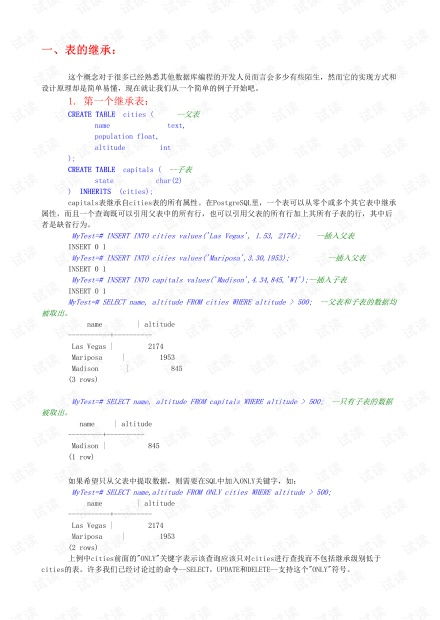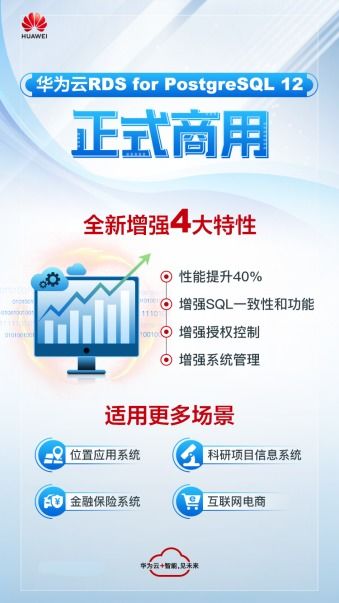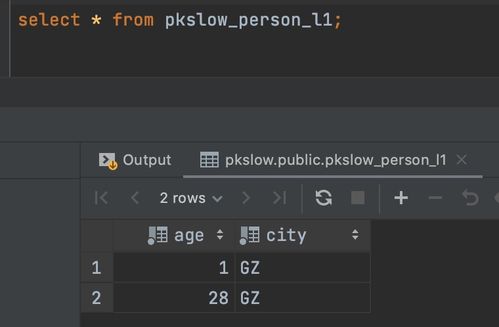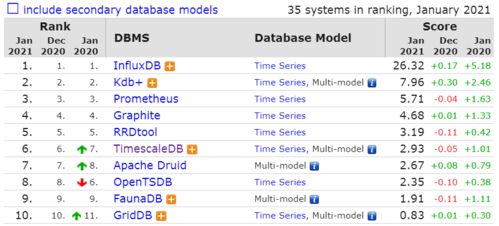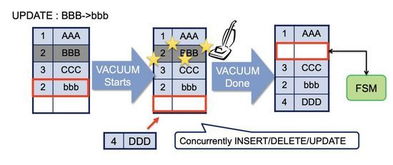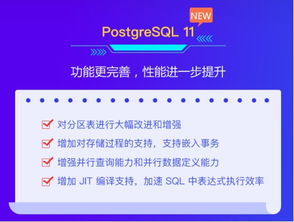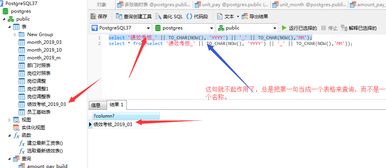- Spring frameWork
- 一、 前言
- 二、IOC(控制反转)
- 2.1 对于IOC的理解
- 2.2如何使用IOC
- 2.3配置文件的解读
- 2.4IOC容器创建bean的两种方式
- 2.5从IOC容器中取bean
- 2.6bean的属性如果包含特殊字符
- 三、DI(依赖注入)
- 四、Spring中的bean
- 五、Spring中的继承
- 六、Spring的依赖
- 七、Spring读取外部资源
- 八、Spring的p命名空间
- 九、Spring工厂方法
- 9.1静态工厂方法
- 9.2实例工厂方法
- 十、Spring IOC 自动装配 autowire
- 10.1自动装配
- 10.2 Spring IOC基于注解的开发
- 10.3实际开发中的使用
- 十一、Spring AOP
文章是看楠哥的视频写的笔记
这篇博客内容把Spring的基本知识点都讲到了,篇幅比较长,大家可以用于复习,也可以在学习相关知识点的时候,来看看对应内容。对于一些难点,IOC,AOP等,我通过流程图,代码,文字结合来进行讲解,可以更好的理解
Spring frameWork
一、 前言
- Spring是当前Java开发的行业标准,第一框架
- Spring frameWork已经从最初取代EJB的框架逐步发展成一套完整的生态,最新的版本是5.x
- Spring架构体系图
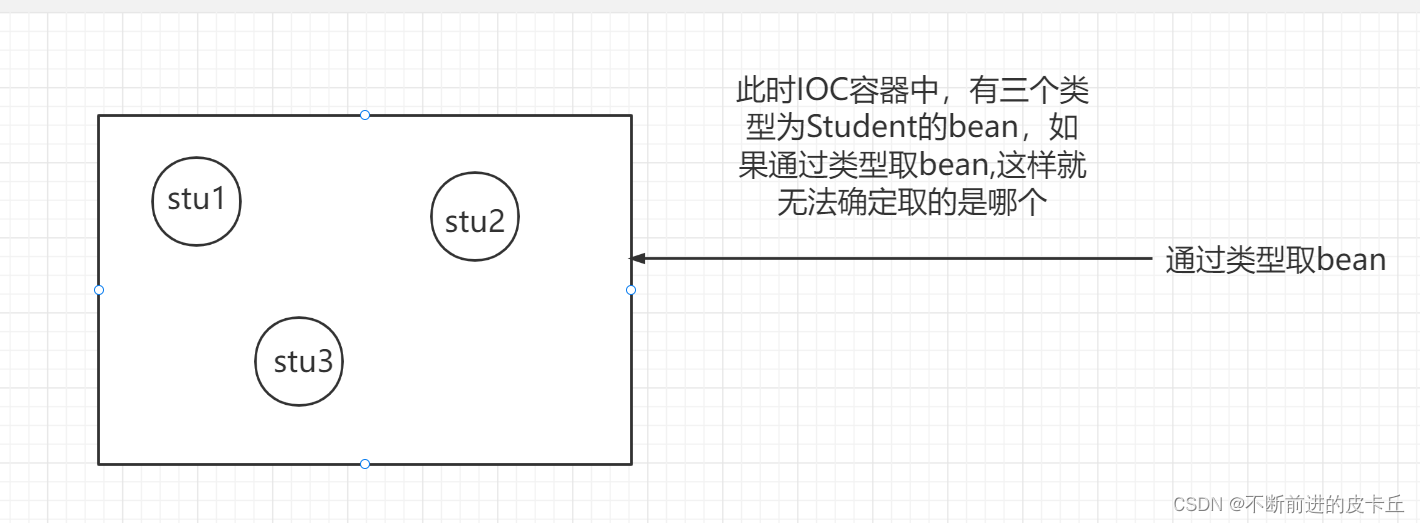
- Spring两大核心机制:
- IOC:工厂模式
- AOP:代理模式
二、IOC(控制反转)
2.1 对于IOC的理解
传统开发中,需要调用对象的时候,需要调用者手动来创建被调用者的实例,即对象是由调用者new出来的
但是在Spring框架中,创建对象的工作不再由调用者来完成,而是交给IOC容器来创建,再推送给调用者,整个流程完成反转,所以是控制反转

就比如说假设买东西,以前我们需要自己去超市买东西,但是现在我们可以不用自己去超市,我们只要把购物袋放在家门口,IOC就会自己去把我们想要的东西买回来,然后放在袋子里面,我们打开袋子拿起来用就可以了
IOC的特点是解耦合。
比如说A需要用到B,传统的开发,我们要直接创建B的实例,但是在Spring中,IOC这个容器会创建B的实例,然后把这个B注入到A
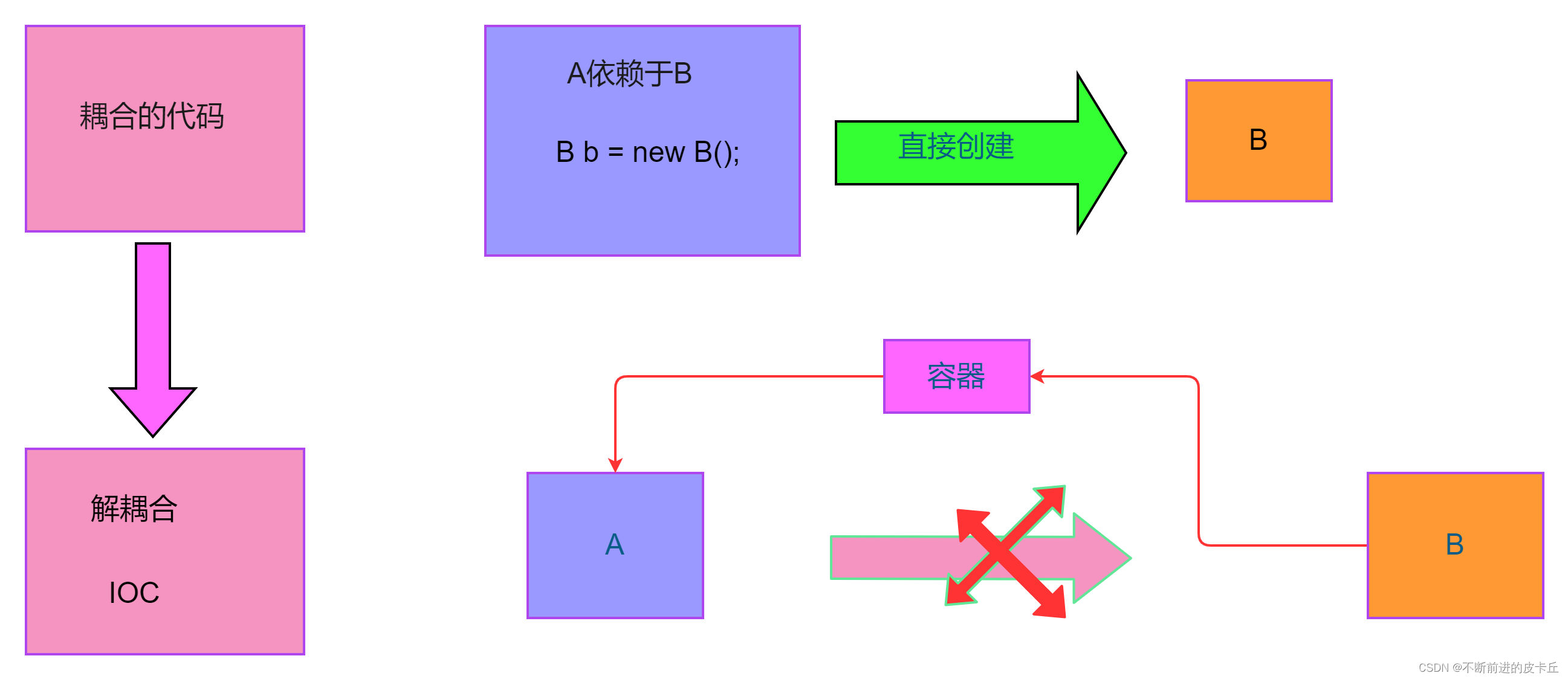
2.2如何使用IOC
- 创建maven工程,在pom.xml中导入相关依赖
<?xml version="1.0" encoding="UTF-8"?><project xmlns="http://maven.apache.org/POM/4.0.0" xmlns:xsi="http://www.w3.org/2001/XMLSchema-instance" xsi:schemaLocation="http://maven.apache.org/POM/4.0.0 http://maven.apache.org/xsd/maven-4.0.0.xsd"> <modelVersion>4.0.0</modelVersion> <groupId>org.example</groupId> <artifactId>springioc</artifactId> <version>1.0-SNAPSHOT</version> <properties> <maven.compiler.source>8</maven.compiler.source> <maven.compiler.target>8</maven.compiler.target> </properties> <dependencies> <dependency> <groupId>org.springframework</groupId> <artifactId>spring-context</artifactId> <version>5.3.18</version> </dependency> </dependencies></project>- 创建实体类Student
public class Student { private long id; private String name; private int age; public long getId() { return id; } public void setId(long id) { this.id = id; } public String getName() { return name; } public void setName(String name) { this.name = name; } public int getAge() { return age; } public void setAge(int age) { this.age = age; } @Override public String toString() { return "Student{" + "id=" + id + ", name='" + name + ''' + ", age=" + age + '}'; }}- 在resources路径下创建applicationContext.xml配置文件
<?xml version="1.0" encoding="UTF-8"?><beans xmlns="http://www.springframework.org/schema/beans" xmlns:xsi="http://www.w3.org/2001/XMLSchema-instance" xsi:schemaLocation="http://www.springframework.org/schema/beans http://www.springframework.org/schema/beans/spring-beans.xsd"> <bean id="stu" class="com.zyh.pojo.Student"></bean></beans>- 传统的开发方式:手动new Student
Student stu =new Student(); stu .setAge(25); stu.setId(1001); stu.setName("张三"); System.out.println(stu);- IOC容器通过读取配置文件,加载配置
bean标签来创建对象 - 就像买菜一样,我们不需要自己亲自买,但是要写一张单子,告诉说要买什么,程序也是类似的,我们要告诉Spring框架要创建哪些对象,怎样创建对象
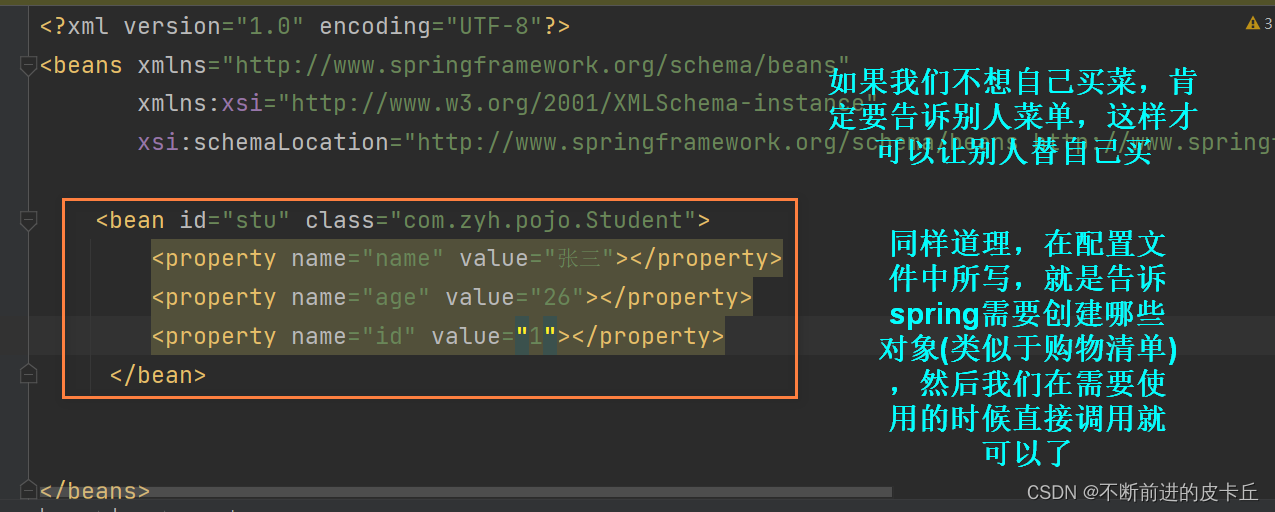
- 调用API,从IOC获取对象
//读取配置文件 ClassPathXmlApplicationContext applicationContext = new ClassPathXmlApplicationContext("applicationContext.xml"); Student stu = applicationContext.getBean("stu", Student.class); System.out.println(stu);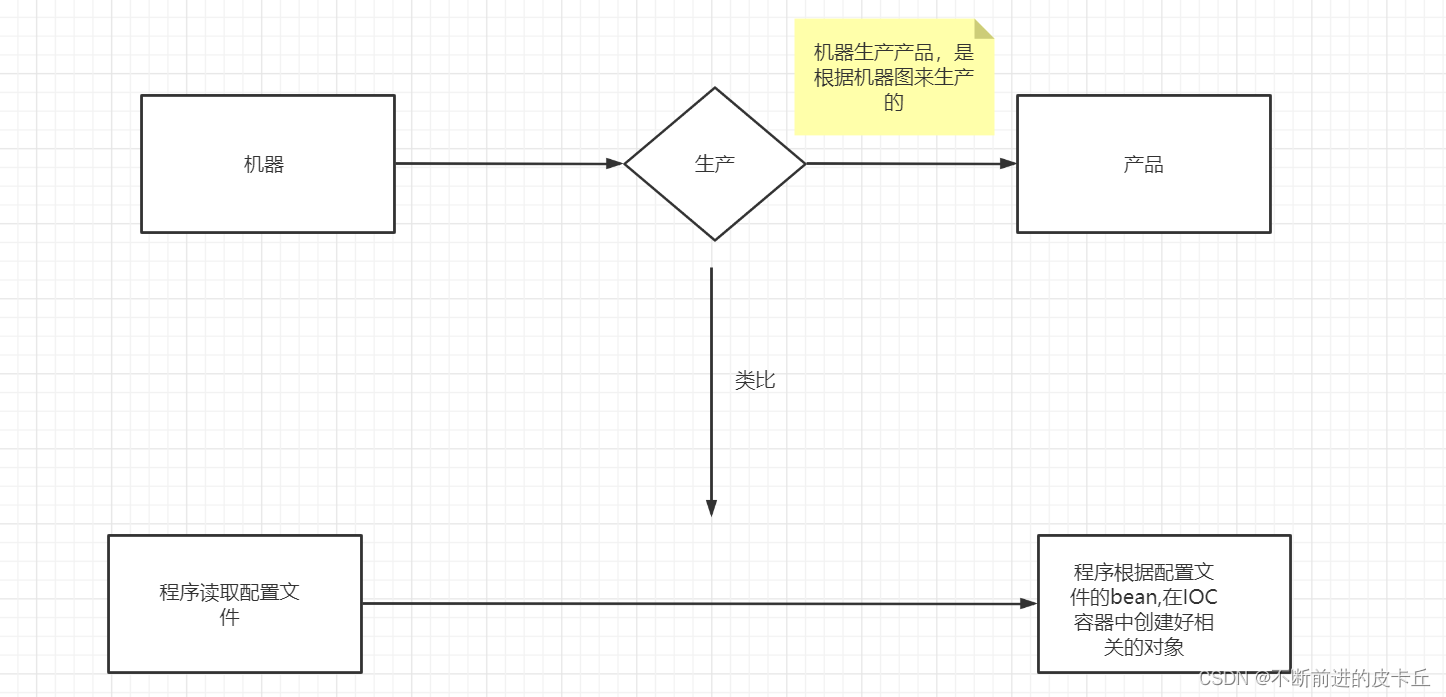
2.3配置文件的解读
- 通过配置
bean标签来完成对象的管理 id:对象名class:对象的模板类(所有交给IOC容器来管理的类必须要有无参构造函数,因为Spring底层是通过反射机制来创建对象,调用的是无参构造)- 对象的成员变量通过
property标签完成赋值name:成员变量名value:成员变量值(基本数据类型,String可以直接赋值,如果是其他引用类型不可以通过value赋值)ref:把IOC中的另一个bean赋给当前成员变量(DI)
2.4IOC容器创建bean的两种方式
-
无参构造函数(需要提供对应的set方法)
-
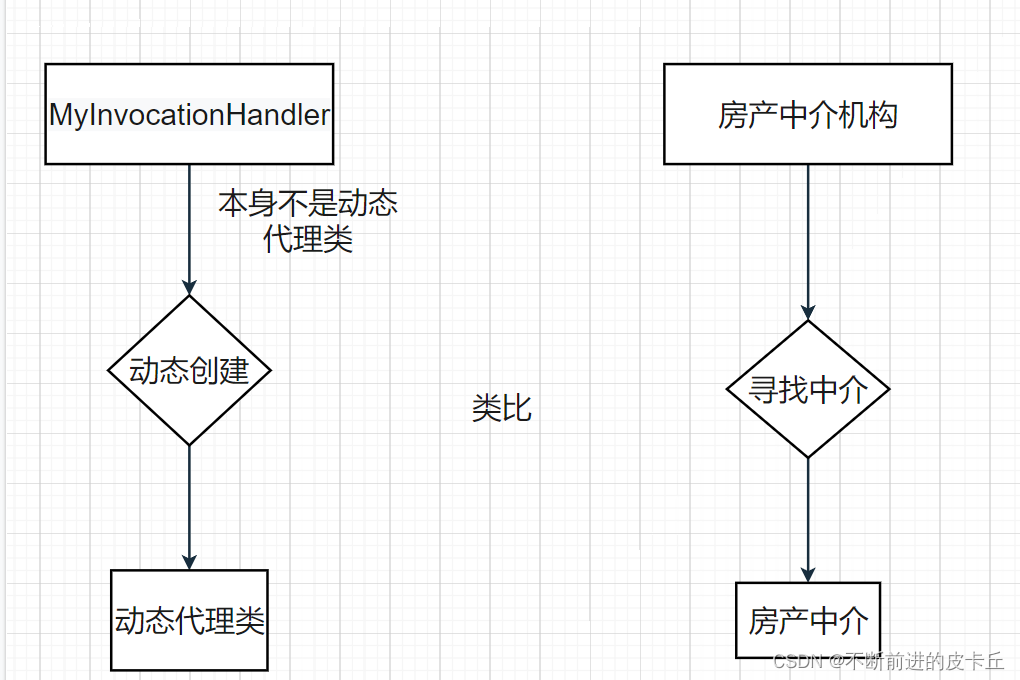
-
有参构造函数
<bean id="stu1" class="com.zyh.pojo.Student"> <constructor-arg name="id" value="1"> </constructor-arg> <constructor-arg name="name" value="李四"></constructor-arg> </bean> <bean id="stu1" class="com.zyh.pojo.Student"> <constructor-arg index=0 value="1"> </constructor-arg> <constructor-arg index=1 value="李四"></constructor-arg> </bean>2.5从IOC容器中取bean
- 通过id取值
Student stu = (Student)applicationContext.getBean("stu");- 通过类型取值
Student stu = applicationContext.getBean( Student.class);- 当IOC容器中存在两个以上Student Bean的时候就会抛出异常,因为此时没有唯一的bean


2.6bean的属性如果包含特殊字符
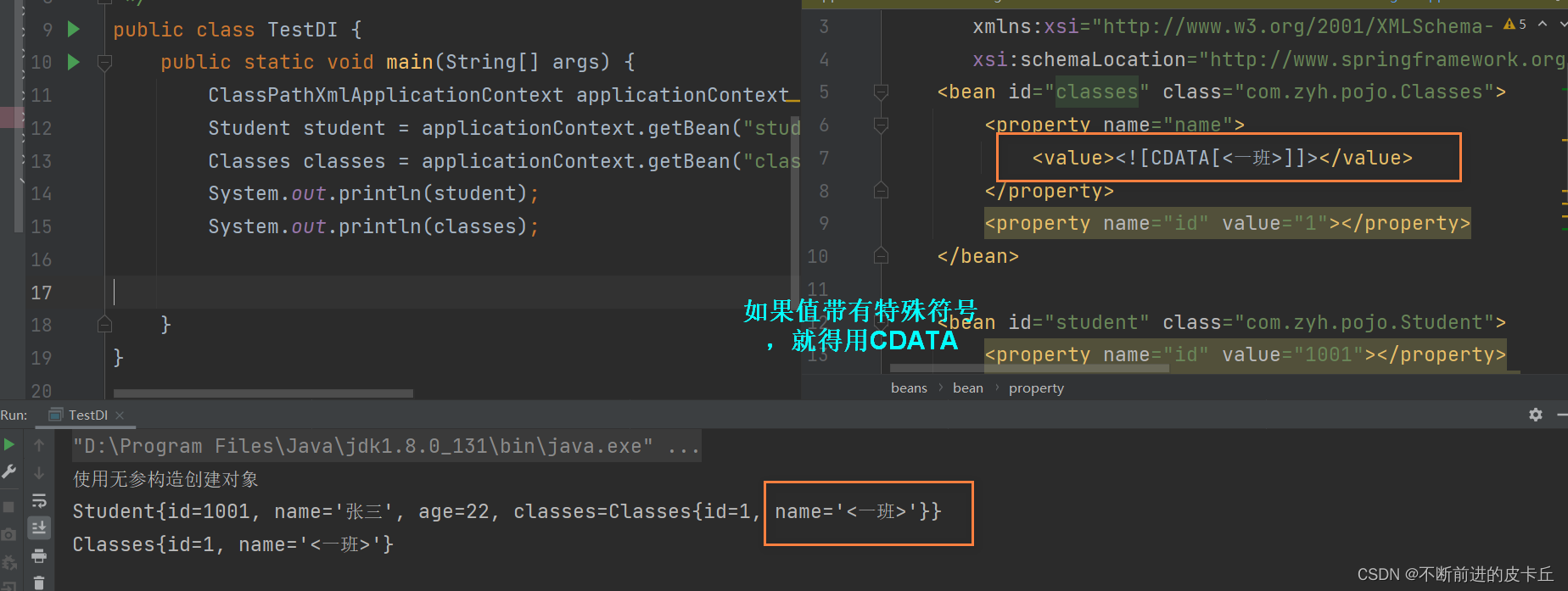
三、DI(依赖注入)
- DI:指bean之间的依赖注入,设置对象之间的级联关系
- Classes
public class Classes { private Integer id; private String name; 还有对应的get,set方法}- Student
public class Student { private long id; private String name; private int age; private Classes classes; public Student(){ System.out.println("使用无参构造创建对象"); } public Student(long id,String name){ this.id = id; this.name = name; } public Classes getClasses() { return classes; } public void setClasses(Classes classes) { this.classes = classes; } public long getId() { return id; } public void setId(long id) { this.id = id; } public String getName() { return name; } public void setName(String name) { this.name = name; } public int getAge() { return age; } public void setAge(int age) { this.age = age; } @Override public String toString() { return "Student{" + "id=" + id + ", name='" + name + ''' + ", age=" + age + ", classes=" + classes + '}'; }}applicationContext-di.xml
<?xml version="1.0" encoding="UTF-8"?><beans xmlns="http://www.springframework.org/schema/beans" xmlns:xsi="http://www.w3.org/2001/XMLSchema-instance" xsi:schemaLocation="http://www.springframework.org/schema/beans http://www.springframework.org/schema/beans/spring-beans.xsd"> <bean id="classes" class="com.zyh.pojo.Classes"> <property name="name" value="1班"></property> <property name="id" value="1"></property> </bean> <bean id="student" class="com.zyh.pojo.Student"> <property name="id" value="1001"></property> <property name="name" value="张三"></property> <property name="age" value="22"></property> <property name="classes" ref="classes"></property> </bean></beans>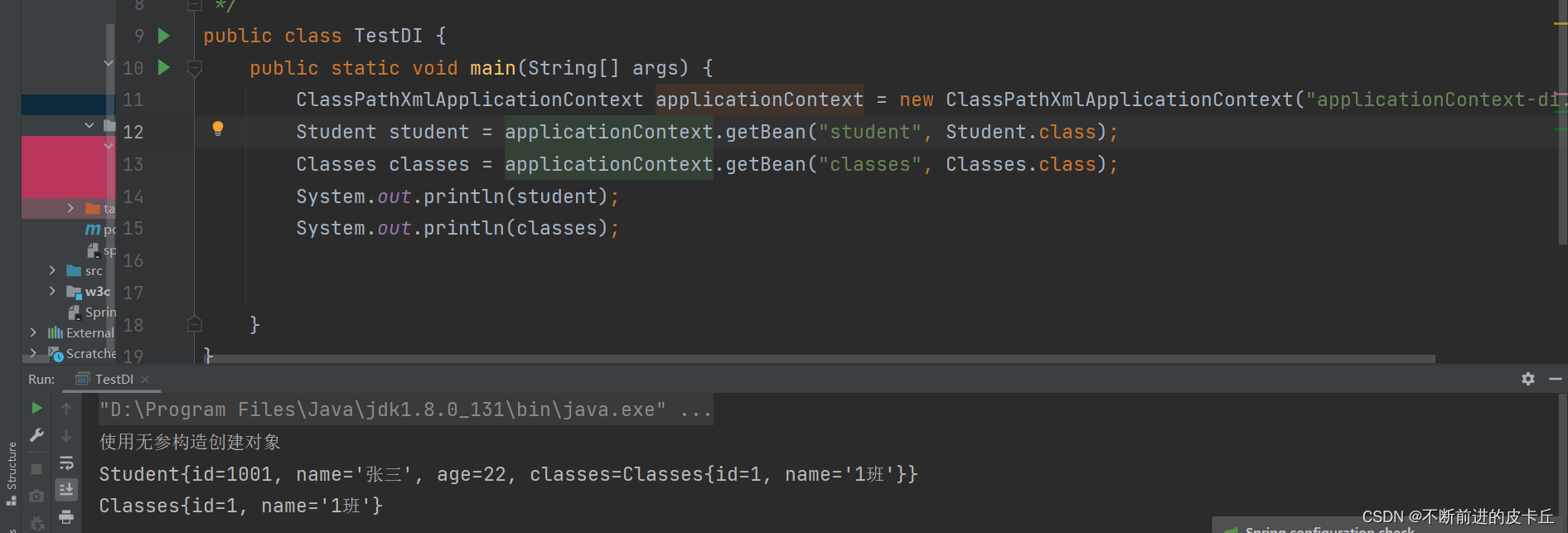
bean之间的级联需要使用ref属性,而不能用value属性,否则会抛出类型转换异常

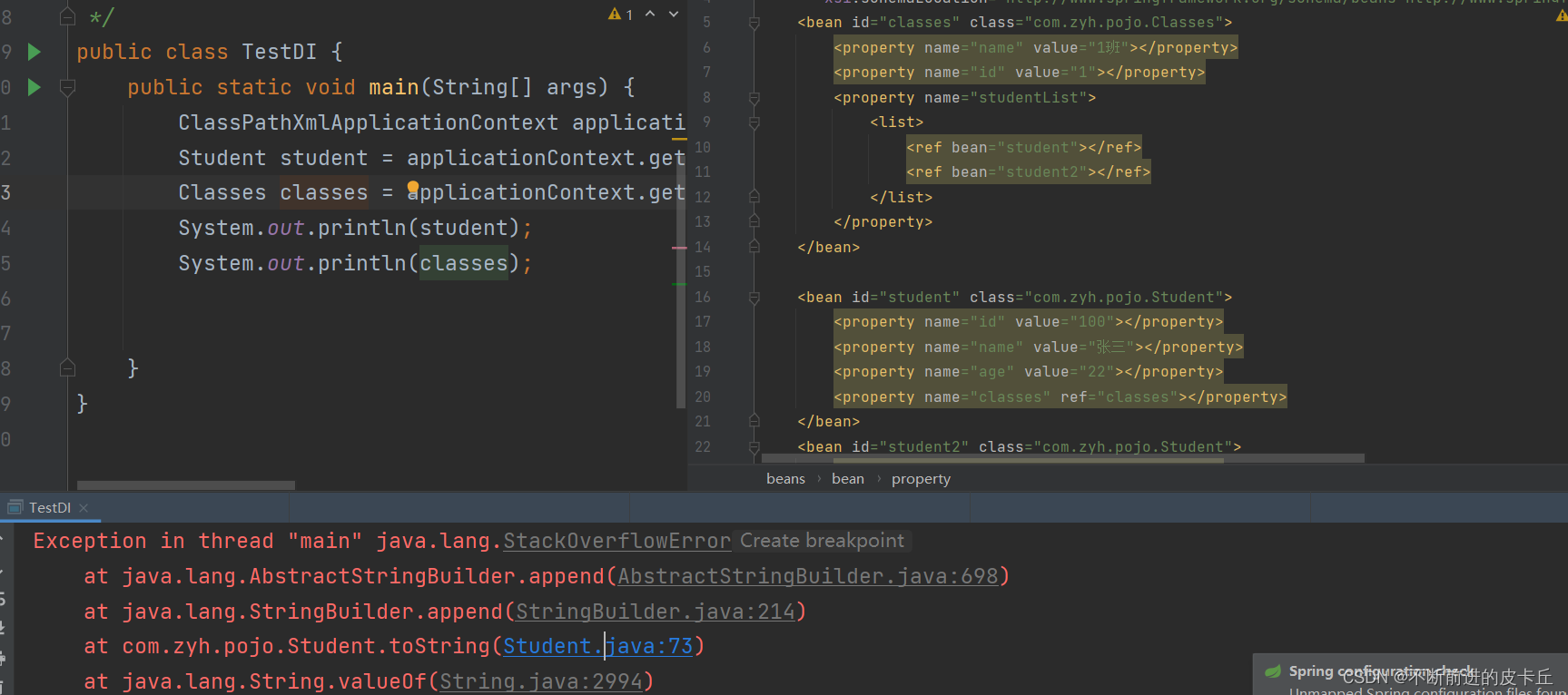
<?xml version="1.0" encoding="UTF-8"?><beans xmlns="http://www.springframework.org/schema/beans" xmlns:xsi="http://www.w3.org/2001/XMLSchema-instance" xsi:schemaLocation="http://www.springframework.org/schema/beans http://www.springframework.org/schema/beans/spring-beans.xsd"> <bean id="classes" class="com.zyh.pojo.Classes"> <property name="name" value="1班"></property> <property name="id" value="1"></property> <property name="studentList"> <list> <ref bean="student"></ref> <ref bean="student2"></ref> </list> </property> </bean> <bean id="student" class="com.zyh.pojo.Student"> <property name="id" value="100"></property> <property name="name" value="张三"></property> <property name="age" value="22"></property> <property name="classes" ref="classes"></property> </bean> <bean id="student2" class="com.zyh.pojo.Student"> <property name="id" value="200"></property> <property name="age" value="18"></property> <property name="name" value="李四"></property> <property name="classes" ref="classes"></property> </bean></beans>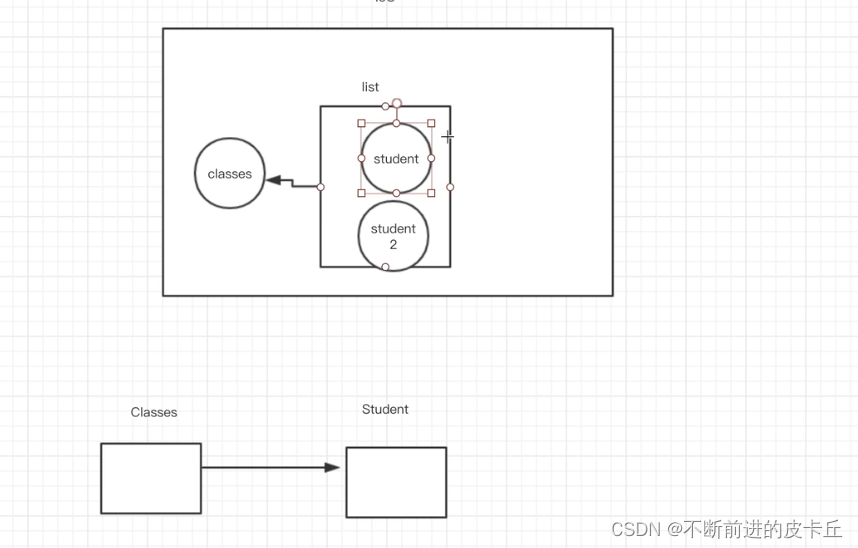
如果把学生装到班级里面,又把班级装到学生里面,就导致无限递归循环装配,最终栈溢出
四、Spring中的bean
bean是根据scope来生成的,表示bean的作用域,scope有4种类型
-
singleton,单例,表示通过Spring容器获取的对象是唯一的,是默认值
-
-
prototype,原型,表示通过Spring容器获取的对象是不同的
- 配置文件
<bean id="user" class="com.zyh.pojo.User" scope="prototype"> <property name="id" value="1"></property> <property name="name" value="张三"></property> </bean>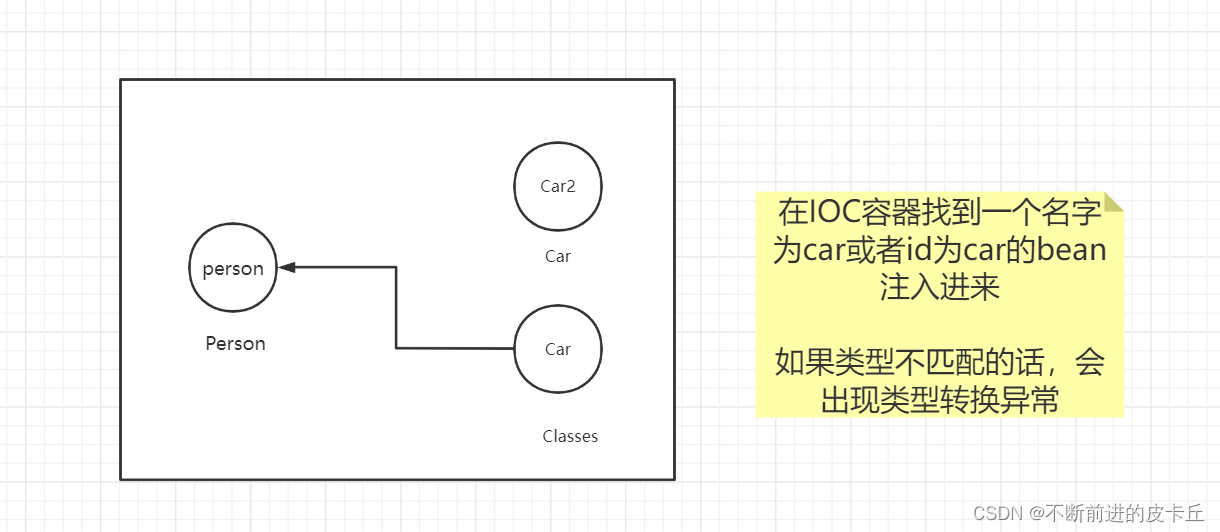
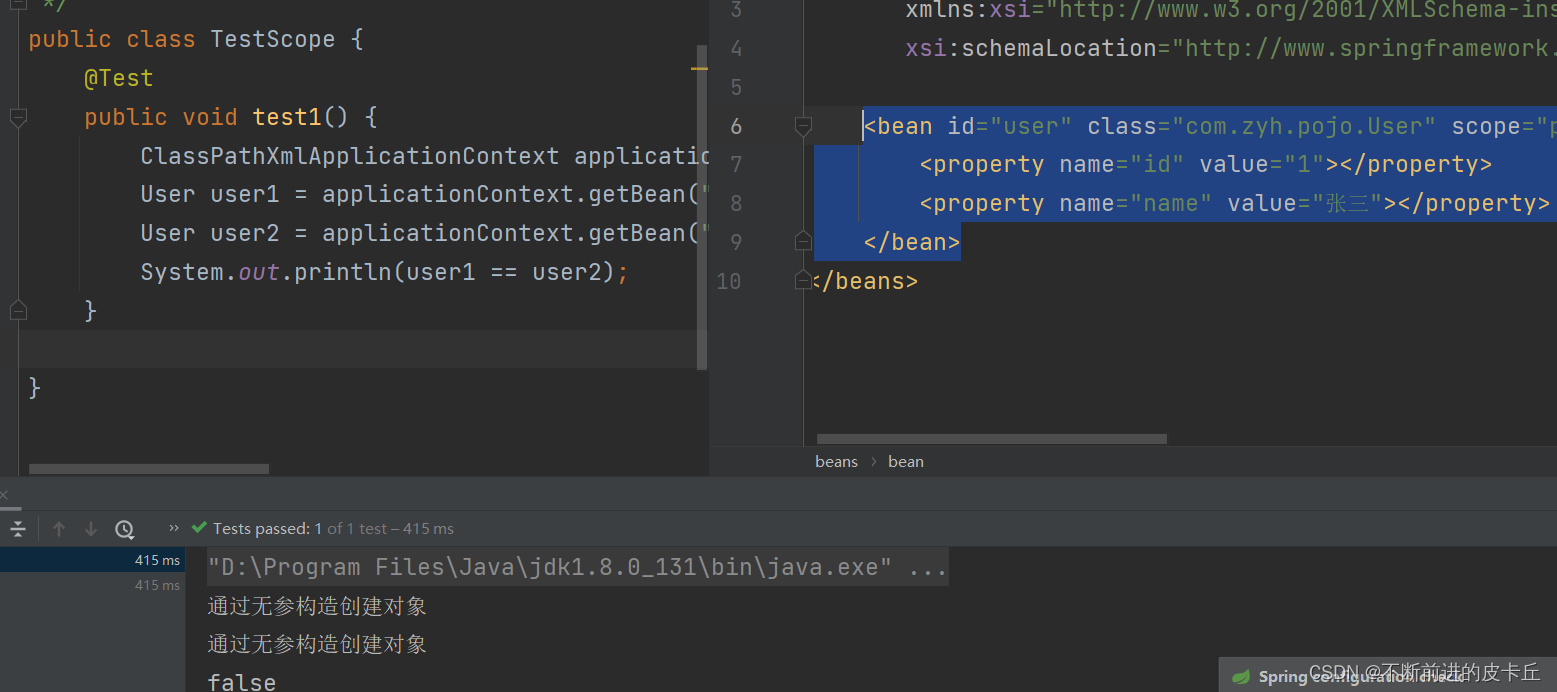
- request,请求,表示在异常HTTP请求内有效
- session,会话,表示在一个用户会话内有效
request和session一般用于web项目
singleton模式下,只要加载IOC容器,不管是否从IOC种取出bean,配置文件中的bean都会被创建,而且只会创建一个对象
prototype模式下,如果不从IOC中取出bean,则不创建对象,取一次bean,就会创建一个对象
五、Spring中的继承
Spring中的继承不同于Java中的继承
Java中的继承是针对于类的
Spring中的继承是针对于对象(bean)
<?xml version="1.0" encoding="UTF-8"?><beans xmlns="http://www.springframework.org/schema/beans" xmlns:xsi="http://www.w3.org/2001/XMLSchema-instance" xsi:schemaLocation="http://www.springframework.org/schema/beans http://www.springframework.org/schema/beans/spring-beans.xsd"> <bean id="user1" class="com.zyh.pojo.User" > <property name="id" value="1"></property> <property name="name" value="张三"></property> </bean> <bean id="user2" class="com.zyh.pojo.User" parent="user1"></bean></beans>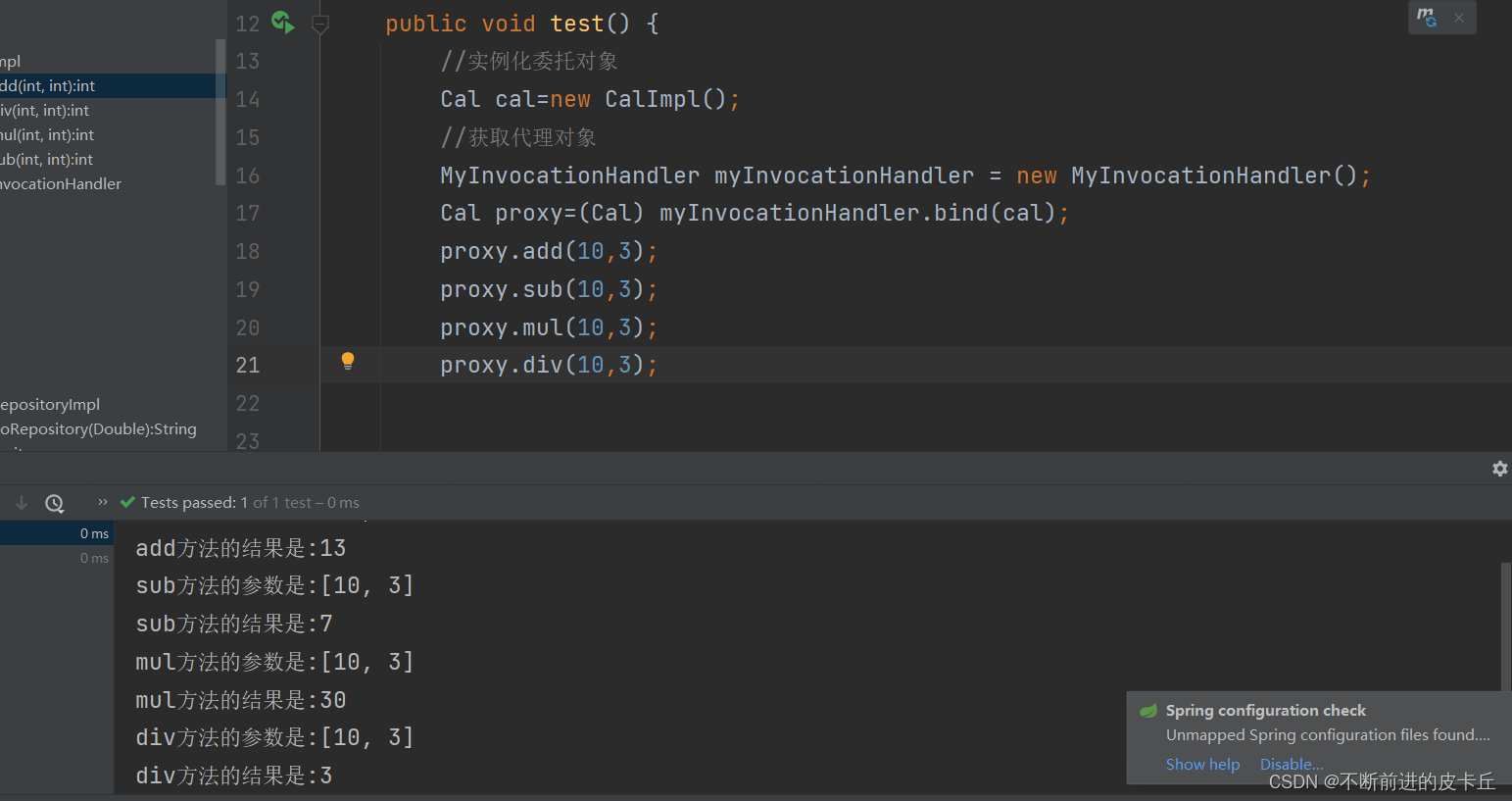
- 通过设置bean标签的parent属性建立继承关系,同时子bean可以覆盖父bean的属性值
- Spring的继承是针对对象的,所以子bean和父bean并不需要同一个数据类型,只要其成员变量列表一致即可
六、Spring的依赖
- 用来设置两个bean的创建顺序
- IOC容器默认情况下是通过applicationContext.xml中bean的配置顺序来决定创建顺序的,配置在前面的bean会先被创建
- 在不更改applicationContext.xml配置顺序的前提下,通过设置bean之间的依赖关系来调整bean的创建顺序
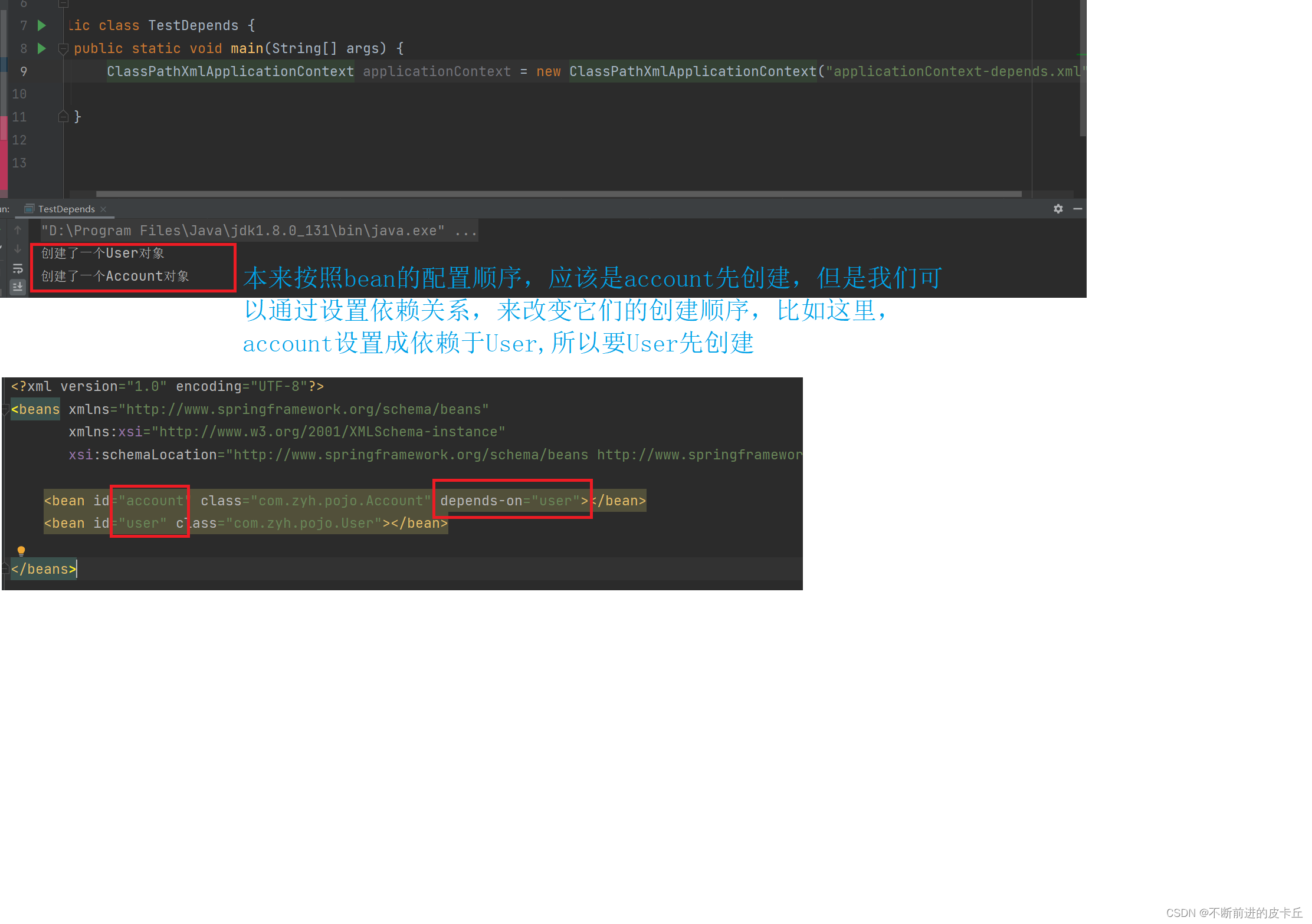
七、Spring读取外部资源
- 在实际开发中,数据库的配置会一般会单独保存到后缀为properties的文件,方便维护和修改
- 如果用Spring来加载数据源,就需要在applicationContext.xml中读取properties中的数据,这就是读取外部资源
jdbc.properties
user=rootpassword=rooturl=jdbc:mysql://localhost:3306/springdriverName=com.mysql.cj.jdbc.Driverspring-properties.xml
<?xml version="1.0" encoding="UTF-8"?><beans xmlns="http://www.springframework.org/schema/beans" xmlns:xsi="http://www.w3.org/2001/XMLSchema-instance" xmlns:context="http://www.springframework.org/schema/context" xsi:schemaLocation="http://www.springframework.org/schema/beans http://www.springframework.org/schema/beans/spring-beans.xsd http://www.springframework.org/schema/context https://www.springframework.org/schema/context/spring-context.xsd"> <!--导入外部资源 --> <context:property-placeholder location="classpath:jdbc.properties"></context:property-placeholder> <bean id="dataSource" class="com.zyh.pojo.DataSource"> <property name="username" value="${user}"></property> <property name="password" value="${password}"></property> <property name="url" value="${url}"></property> <property name="driveName" value="${driverName}"></property> </bean></beans>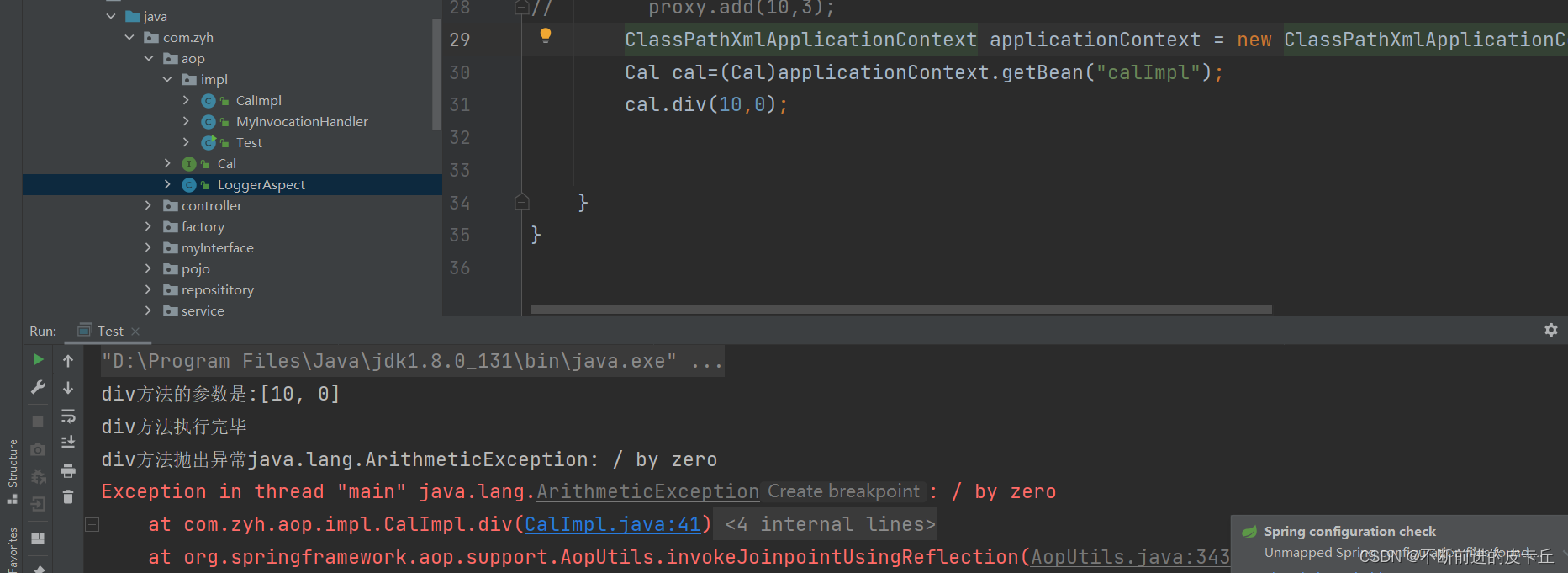

八、Spring的p命名空间
- 用来简化xml配置

<?xml version="1.0" encoding="UTF-8"?><beans xmlns="http://www.springframework.org/schema/beans" xmlns:xsi="http://www.w3.org/2001/XMLSchema-instance" xmlns:p="http://www.springframework.org/schema/p" xsi:schemaLocation="http://www.springframework.org/schema/beans http://www.springframework.org/schema/beans/spring-beans.xsd"> <bean id="stu" class="com.zyh.pojo.Student" p:id="1" p:age="10" p:name="张三" p:classes-ref="classes"></bean> <bean id="classes" class="com.zyh.pojo.Classes" p:name="一班" p:id="1"></bean></beans>九、Spring工厂方法
IOC通过工厂模式创建bean有两种方式:
- 静态工厂方法
- 实例工厂方法
- 静态工厂类不需要实例化,实例工厂类需要实例化
9.1静态工厂方法
- 创建Car类
public class Car { private Integer num; private String brand; public Car() { } public Car(Integer num, String brand) { this.num = num; this.brand = brand; } public Integer getNum() { return num; } public void setNum(Integer num) { this.num = num; } public String getBrand() { return brand; } public void setBrand(String brand) { this.brand = brand; } @Override public String toString() { return "Car{" + "num=" + num + ", brand='" + brand + ''' + '}'; }}- 创建静态工厂类,静态工厂方法
public class StaticCarFactory { private static Map<Integer, Car> carMap; static { carMap = new HashMap<>(); carMap.put(1, new Car(1, "奥迪")); carMap.put(2, new Car(2,"奥拓")); } public static Car getCar(Integer num ){ return carMap.get(num); }}- spring-factory.xml
<?xml version="1.0" encoding="UTF-8"?><beans xmlns="http://www.springframework.org/schema/beans" xmlns:xsi="http://www.w3.org/2001/XMLSchema-instance" xsi:schemaLocation="http://www.springframework.org/schema/beans http://www.springframework.org/schema/beans/spring-beans.xsd"> <bean id="car" class="com.zyh.factory.StaticCarFactory" factory-method="getCar"> <constructor-arg name="num" value="1"></constructor-arg> </bean></beans>- factory-method 指向静态方法
- constructor-arg的value属性是调用静态方法传入的参数
9.2实例工厂方法
- 创建实例工厂类,工厂方法
public class InstanceCarFactory { private Map<Integer, Car> carMap; public InstanceCarFactory() { carMap = new HashMap<>(); carMap.put(1, new Car(1, "奥迪")); carMap.put(2, new Car(2, "奥拓")); } public Car getCar(Integer num){ return carMap.get(num); }}- spring.xml
<!-- 实例工厂类--> <bean id="instanceCarFactory" class="com.zyh.factory.InstanceCarFactory"></bean><!-- 通过实例工厂获取Car--> <bean id="car1" factory-bean="instanceCarFactory" factory-method="getCar"> <constructor-arg value="2"></constructor-arg> </bean>区别:
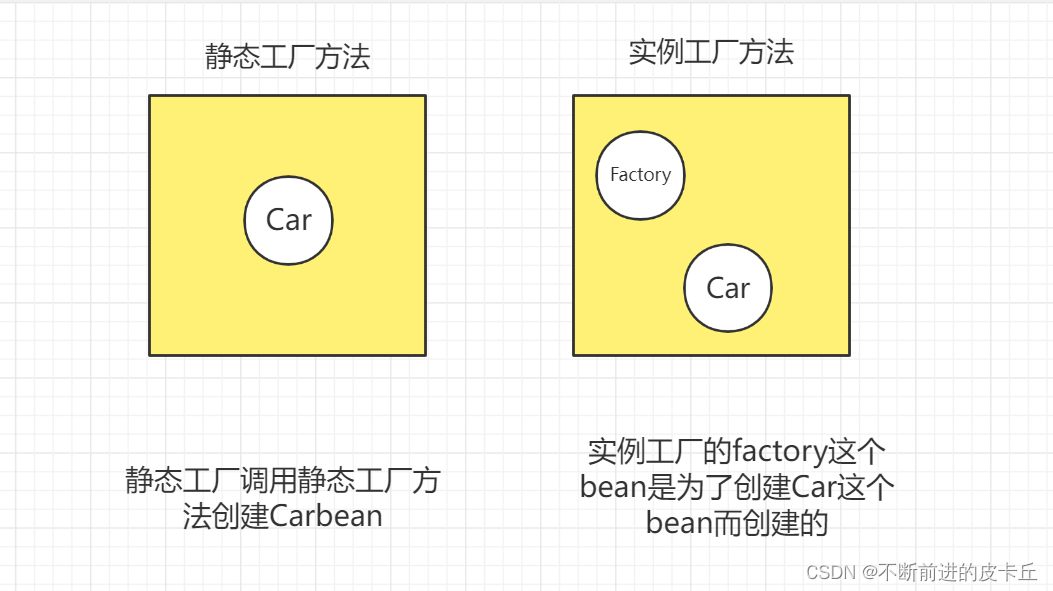
- 静态工厂方法创建Car对象,不需要实例化工厂对象,因为静态工厂的静态方法,不需要创建对象就可以调用了
- 实例工厂方法创建Car对象,需要实例化工厂对象,因为getCar方法是非静态的,就必须通过实例化对象才能调用,所以 必须创建工厂对象,spring.xml需要配置两个bean,一个是工厂bean,一个是Car Bean
- spring.xml中 class+factory-method的形式是直接调用类中的工厂方法
- spring.xml中factory-bean+factory-method的形式是调用工厂bean中的工厂方法,就必须先创建工厂bean
十、Spring IOC 自动装配 autowire
10.1自动装配
- 自动装载是Spring提供的一种更加简便的方式来完成DI,不需要手动配置property,IOC 容器会自动选择bean来完成注入
- 自动装载有两种方式:
- byName:通过属性名完成自动装载
- byType:通过属性对应的数据类型完成自动装载
byName的操作如下:
- 创建Person实体类
public class Person { private Integer id; private String name; private Car car; public Integer getId() { return id; } public void setId(Integer id) { this.id = id; } public String getName() { return name; } public void setName(String name) { this.name = name; } public Car getCar() { return car; } public void setCar(Car car) { this.car = car; } @Override public String toString() { return "Person{" + "id=" + id + ", name='" + name + ''' + ", car=" + car + '}'; }}- 在spring.xml中配置Car和Person对应的bean,并且通过自动装载完成依赖注入
<?xml version="1.0" encoding="UTF-8"?><beans xmlns="http://www.springframework.org/schema/beans" xmlns:xsi="http://www.w3.org/2001/XMLSchema-instance" xsi:schemaLocation="http://www.springframework.org/schema/beans http://www.springframework.org/schema/beans/spring-beans.xsd"> <bean id="car2" class="com.zyh.pojo.Car"> <constructor-arg name="num" value="1"></constructor-arg> <constructor-arg name="brand" value="奥迪"></constructor-arg> </bean> <bean id="car" class="com.zyh.pojo.Classes"></bean> <bean id="person" class="com.zyh.pojo.Person" autowire="byName" > <property name="name" value="张三"></property> <property name="id" value="2"></property> </bean></beans>
注:如果bean的id有多个一致的,会报错,如Bean name 'car' is already used in this <beans> element
byType的操作如下:
<?xml version="1.0" encoding="UTF-8"?><beans xmlns="http://www.springframework.org/schema/beans" xmlns:xsi="http://www.w3.org/2001/XMLSchema-instance" xsi:schemaLocation="http://www.springframework.org/schema/beans http://www.springframework.org/schema/beans/spring-beans.xsd"> <bean id="car2" class="com.zyh.pojo.Car"> <constructor-arg name="num" value="1"></constructor-arg> <constructor-arg name="brand" value="奥迪"></constructor-arg> </bean> <bean id="car" class="com.zyh.pojo.Classes"></bean> <bean id="person" class="com.zyh.pojo.Person" autowire="byType" > <property name="name" value="张三"></property> <property name="id" value="2"></property> </bean></beans>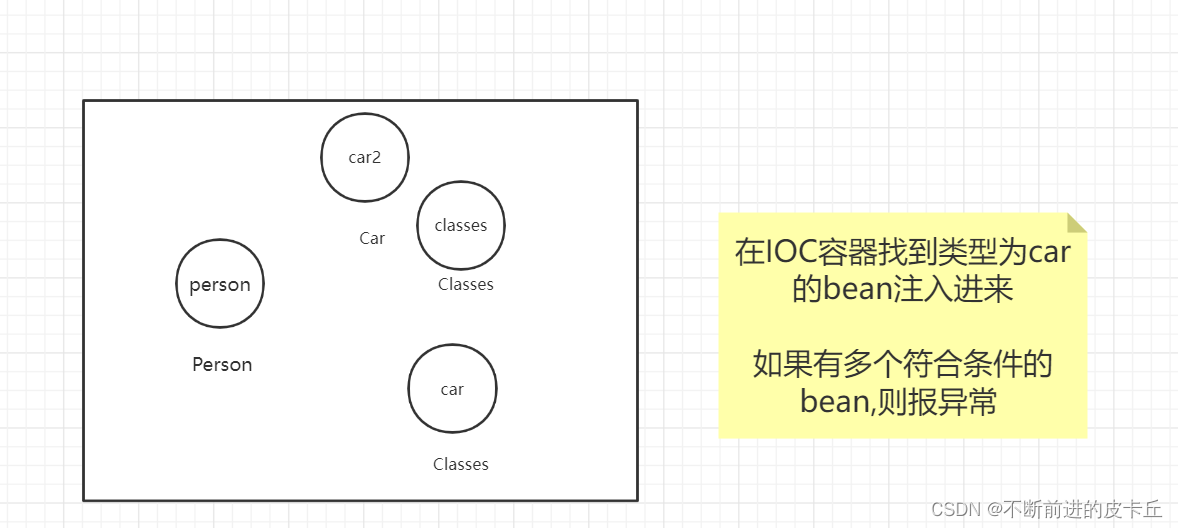
使用byType进行自动装配的时候,必须保证IOC中有且只有一个符合,如果有多个符合,则报下面的异常:

10.2 Spring IOC基于注解的开发
Spring IOC的作用是帮助开发者创建项目中所需要的bean,同时完成bean之间的依赖注入关系,DI
实现该功能有两种方式:
- 基于XML配置
- 基于注解
基于注解有两步操作,缺一不可:
- 配置自动扫包
- 添加注解
<?xml version="1.0" encoding="UTF-8"?><beans xmlns="http://www.springframework.org/schema/beans" xmlns:xsi="http://www.w3.org/2001/XMLSchema-instance" xmlns:context="http://www.springframework.org/schema/context" xsi:schemaLocation="http://www.springframework.org/schema/beans http://www.springframework.org/schema/beans/spring-beans.xsd http://www.springframework.org/schema/context https://www.springframework.org/schema/context/spring-context.xsd"><!-- 配置自动扫包--> <context:component-scan base-package="com.zyh.pojo"></context:component-scan><!-- <bean id="repository" class="com.zyh.pojo.Repository"></bean>--></beans>@Component(value="repository")public class Repository { private DataSource dataSource; public DataSource getDataSource() { return dataSource; } public void setDataSource(DataSource dataSource) { this.dataSource = dataSource; } @Override public String toString() { return "Repository{" + "dataSource=" + dataSource + '}'; }}DI
注解默认的beanid是类名以小写开头,我们可以通过value来设置
如果我们想要把datasource也注入进来需要怎么做呢?
首先我们要把DataSource先扫进来
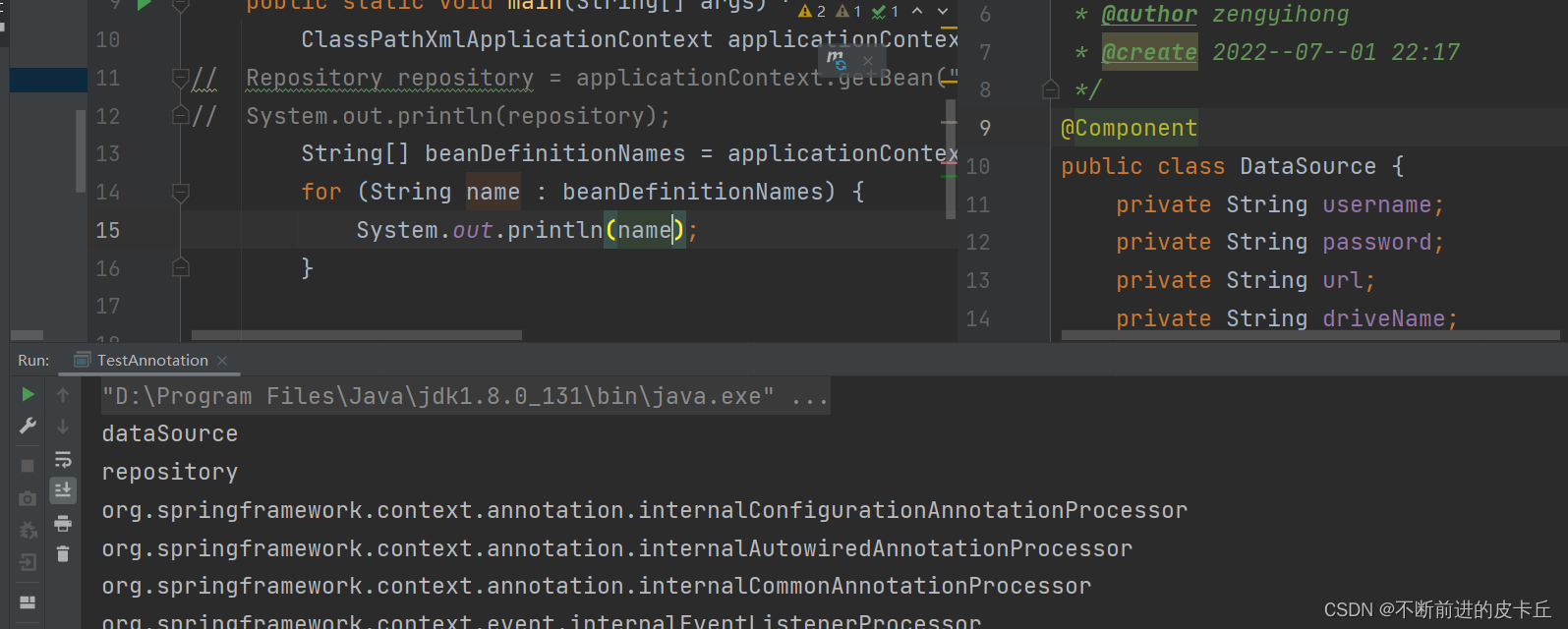
@Componentpublic class Repository { @Autowired private DataSource dataSource; public DataSource getDataSource() { return dataSource; } public void setDataSource(DataSource dataSource) { this.dataSource = dataSource; } @Override public String toString() { return "Repository{" + "dataSource=" + dataSource + '}'; }}
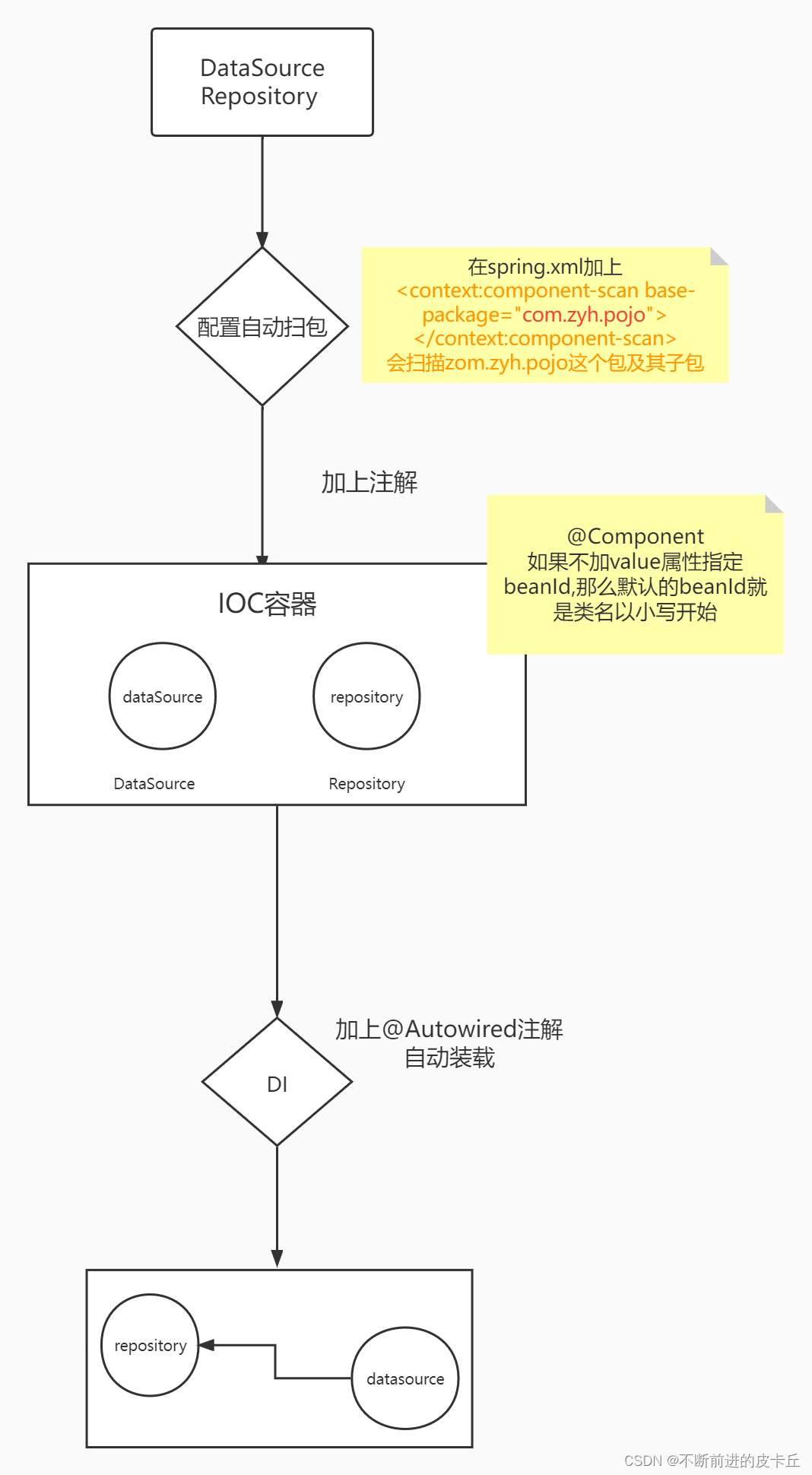
- @Autowired默认是通过byType进行装配,如果要改为byName,需要配合@Qualifier注解来完成
@Componentpublic class Repository { @Autowired @Qualifier(value = "datasource") private DataSource dataSource; public DataSource getDataSource() { return dataSource; } public void setDataSource(DataSource dataSource) { this.dataSource = dataSource; } @Override public String toString() { return "Repository{" + "dataSource=" + dataSource + '}'; }}这表明把IOC中id为datasource的bean注入到repository中
实体类中普通的成员变量(String,包装类等),可以通过@Value注解来赋值
@Componentpublic class DataSource { @Value("root") private String username; @Value("123456") private String password; @Value("jdbc:mysql://localhost:3306/spring") private String url; @Value("com.mysql.cj.jdbc.Driver") private String driveName; }10.3实际开发中的使用
实际开发中我们会把程序分成三层:
- Controller
- Service
- Repository(DAO)
- 关系Controller—>Service---->Repository

@Component注解是把标注的类加载到IOC容器中,实际开发中可以根据业务需求分别使用@Controller,@Service,@Repository注解来标注控制层类,业务层类,持久层类
十一、Spring AOP
- AOP (Aspect Oriented Programming) 面向切面编程
- OOP (Object Oriented Programming) 面向对象编程,用对象化的思想来完成程序
- AOP是对OOP的一个补充,是在另外一个维度上抽象出对象
- 具体指程序运行时动态地把非业务代码切入到业务代码中,从而实现程序的解耦合,把非业务代码抽象成一个对象,对对象编程就是面向切面编程
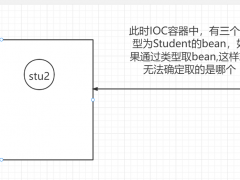
- 上面这种形式的代码维护性很差,代码复用性差

AOP的优点:- 可以降低模块之间的耦合性
- 提供代码的复用性
- 提高代码的维护性
- 集中管理非业务代码,便于维护
- 业务代码不受非业务代码影响,逻辑更加清晰
通过一个例子来理解AOP。
- 创建一个计算器接口Cal
public interface Cal { public int add(int num1,int num2); public int sub(int num1,int num2); public int mul(int num1,int num2); public int div(int num1,int num2);}- 创建接口的实现类
public class CalImpl implements Cal { @Override public int add(int num1, int num2) { int res = num1 + num2; return res; } @Override public int sub(int num1, int num2) { int res = num1 - num2; return res; } @Override public int mul(int num1, int num2) { int res = num1 * num2; return res; } @Override public int div(int num1, int num2) { int res=num1/num2; return res; }}日志打印
- 在每个方法开始位置输出参数信息
- 在每个方法结束位置输出结果信息
对于计算器来说,加减乘除就是业务代码,日志打印就是非业务代码
AOP如何实现? 使用动态代理的方式来实现
代理首先要具备CalImpl的所有功能(实现同一个接口),并且在这个基础上,扩展出打印日志的功能
- 删除CalImpl方法中国所有打印日志的代码,只保留业务代码
- 创建MyInvocationHandler类(不是动态代理类),实现InvocationHandler接口,生成动态代理类 。动态代理类需要动态生成,需要获取到委托类的接口信息,根据这些接口信息动态生成一个代理类,然后再由ClassLoader用来把动态生成的类加载到JVM

ClassLoader用来把动态生成的类加载到JVM中
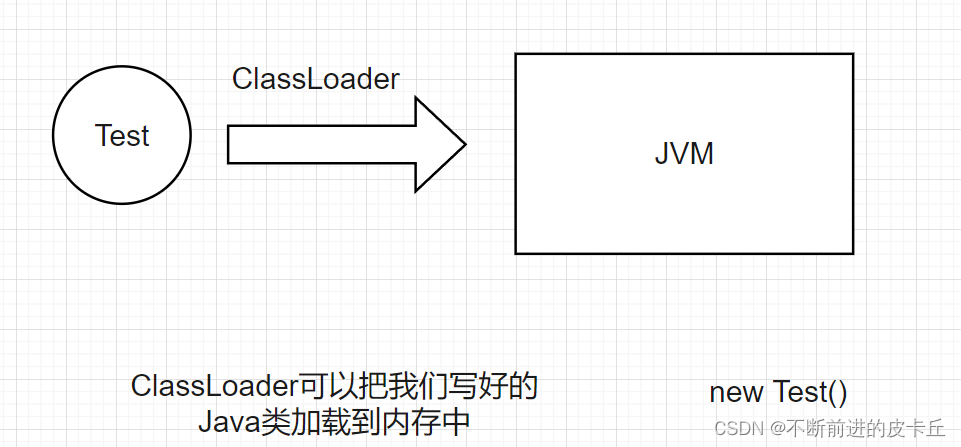
代理类需要有和委托类一样的功能,所以委托类和代理类需要实现同样的接口,因此,我们要获取到委托类的接口信息,根据这个接口信息就可以生成一个类,再通过ClassLoader加载到内存里面
public class MyInvocationHandler implements InvocationHandler { //委托对象 private Object object = null; //返回代理对象 public Object bind(Object object) { this.object = object; return Proxy.newProxyInstance(object.getClass().getClassLoader(), object.getClass().getInterfaces(),this); } @Override public Object invoke(Object proxy, Method method, Object[] args) throws Throwable { //实现业务代码和非业务代码的解耦合 System.out.println(method.getName()+"方法的参数是:"+ Arrays.toString(args)); Object res = method.invoke(this.object, args); System.out.println(method.getName()+"方法的结果是:"+res); return res; }}
上述代码通过动态代理机制实现了业务代码和非业务代码的解耦合,这是Spring AOP的底层实现机制,真正使用 Spring AOP进行开发的时候,不需要这么复杂
Spring AOP的开发步骤
- 创建切面类 Loggerspect
@Component@Aspectpublic class LoggerAspect { @Before("execution(public int com.zyh.aop.impl.CalImpl.*(..))") public void before(JoinPoint joinPoint) { String name = joinPoint.getSignature().getName(); Object[] args = joinPoint.getArgs(); System.out.println(name + "方法的参数是:" + Arrays.toString(args)); } @After("execution(* com.zyh.aop.impl.CalImpl.*(..))") public void after(JoinPoint joinPoint){ String name = joinPoint.getSignature().getName(); System.out.println(name+"方法执行完毕"); } @AfterReturning(value = "execution(* com.zyh.aop.impl.CalImpl.*(..))",returning = "rs") public void afterReturning(JoinPoint joinPoint,Object rs){ String name = joinPoint.getSignature().getName(); System.out.println(name+"方法执行的结果是:"+rs); }@AfterThrowing(value = "execution(* com.zyh.aop.impl.CalImpl.*(..))",throwing = "ex") public void afterThrowing(JoinPoint joinPoint,Exception ex){ String name = joinPoint.getSignature().getName(); System.out.println(name+"方法抛出异常"+ex);}}- @Component,把切面类加载到IOC容器中
- @Aspect,表示该类是一个切面类
- @Before,表示方法的执行时机是在业务方法之前,execution表达式表示切入点是CalImpl中的所有方法
- @After,表示方法的执行时机是在业务方法结束以后,execution表达式表示切入点是CalImpl类中的方法
- @AfterReturning,表示方法的执行时机是在业务方法返回结果后,execution表达式表示切入点是CalImpl类中的方法,returning是把业务方法的返回值和切面类方法的形参进行绑定
- @AfterThrowing,表示方法的执行时机是在业务方法抛出异常后,execution表达式表示切入点是CalImpl类中的方法,throwing是把业务方法的异常和切面类方法的形参进行绑定
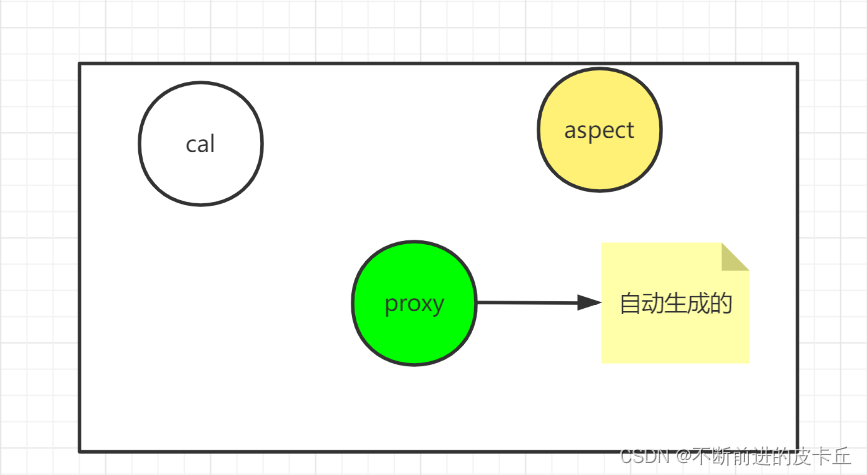
- 委托类也需要添加@Component
@Componentpublic class CalcImpl implements Calc{ @Override public int add(int a, int b) { int result=a+b; return result; } @Override public int sub(int a, int b) { int result=a-b; return result; } @Override public int mul(int a, int b) { int result= a*b; return result; } @Override public int div(int a, int b) { int result= a/b; return result; }}3.spring-aop.xml
<?xml version="1.0" encoding="UTF-8"?><beans xmlns="http://www.springframework.org/schema/beans" xmlns:xsi="http://www.w3.org/2001/XMLSchema-instance" xmlns:context="http://www.springframework.org/schema/context" xmlns:aop="http://www.springframework.org/schema/aop" xsi:schemaLocation="http://www.springframework.org/schema/beans http://www.springframework.org/schema/beans/spring-beans.xsd http://www.springframework.org/schema/context https://www.springframework.org/schema/context/spring-context.xsd http://www.springframework.org/schema/aop http://www.springframework.org/schema/aop/spring-aop.xsd"> <!-- 自动扫包--> <context:component-scan base-package="com.zyh.aop"></context:component-scan><!-- 为委托对象自动生成代理对象--> <aop:aspectj-autoproxy></aop:aspectj-autoproxy></beans>- aspectj-autoproxy ,Spring IOC容器会结合切面对象和委托对象自动生成动态代理对象,AOP底层就是通过动态代理机制来实现的
4.测试

AOP的概念
- 切面对象:根据切面抽象出来的对象,CalImpl所有方法中需要加入日志的部分LoggerAspect
- 通知:切面对象具体执行的代码,即非业务代码,LoggerAspect对象打印日志的代码
- 目标:被横切的对象,即CalImpl,把通知加入其中
- 代理:切面对象,通知,目标混合后的结果,即我们通过JDK动态代理机制创建的对象
- 连接点:需要被横切的位置,即通知要插入业务代码的具体位置
免责声明:本平台仅供信息发布交流之途,请谨慎判断信息真伪。如遇虚假诈骗信息,请立即举报
举报